Rail budget set to be presented in Lok Sabha
Thu 26 Feb 2015
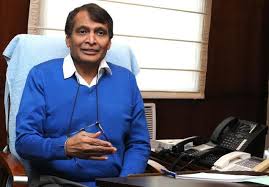
New Delhi, February 26, 2015 (IANS) Minister Suresh Prabhu was set to present his maiden railway budget in the Lok Sabha Thursday amid expectations that his proposals will re-energise one of the largest railroad networks in the world, while seeking to improve passenger amenities and safety.
Even as the minister has ruled out any lowering of passenger fares, a clear direction is awaited on how he proposes to capitalise on the decision six months ago of allowing 100 percent foreign equity in some big-ticket projects of the railways, and greater public-private partnerships.
Prabhu, handpicked to oversee the only ministry other than finance to present a separate budget, is also expected to chart the path for some of Prime Minister Narendra Modi's pet projects, such as bullet trains, dedicated freight corridors and larger participation of private sector.
Funding is another area as the rail budget
comes at a time when its finances and efficiency are, perhaps, at their worst - as measured by the operating ratio. It suggests how much money is spent on day-to-day operations to earn revenues, indicating the funds left for safety and expansion.
comes at a time when its finances and efficiency are, perhaps, at their worst - as measured by the operating ratio. It suggests how much money is spent on day-to-day operations to earn revenues, indicating the funds left for safety and expansion.
This ratio for Indian Railways declined to an unsustainable level of over 95 percent in 2010-11 from around 80 percent in the 1950s. Globally, a figure of 75-80 percent or lower is what is seen as a healthy benchmark, but India ranks among the worst networks on this count.
For the record, India boasts one of the oldest and the largest railroad networks in the world, ferrying some 23 million people, or a population the size of Australia, as also 2.65 million tonnes of goods on its coaches, each day.
It serves from 7,172 stations via 12,617 passenger and 7,421 freight trains on a network spanning Baramulla in the Himalayan foothills of Kashmir to the southern tip of Kanyakumari in Tamil Nadu, and from Naharlagun in Arunachal Pradesh to the port town of Okha in Gujarat via some difficult terrain.
No Comments For This Post, Be first to write a Comment.
Most viewed from Specials
Most viewed from World
AIMIM News
Latest Urdu News
Most Viewed
May 26, 2020
Do you think Canada-India relations will improve under New PM Mark Carney?
Latest Videos View All
Like Us
Home
About Us
Advertise With Us
All Polls
Epaper Archives
Privacy Policy
Contact Us
Download Etemaad App
© 2025 Etemaad Daily News, All Rights Reserved.












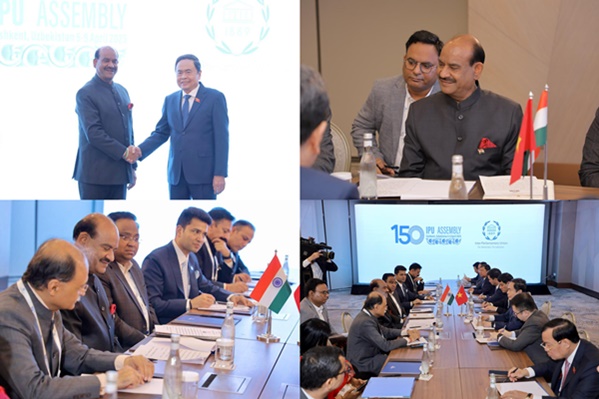
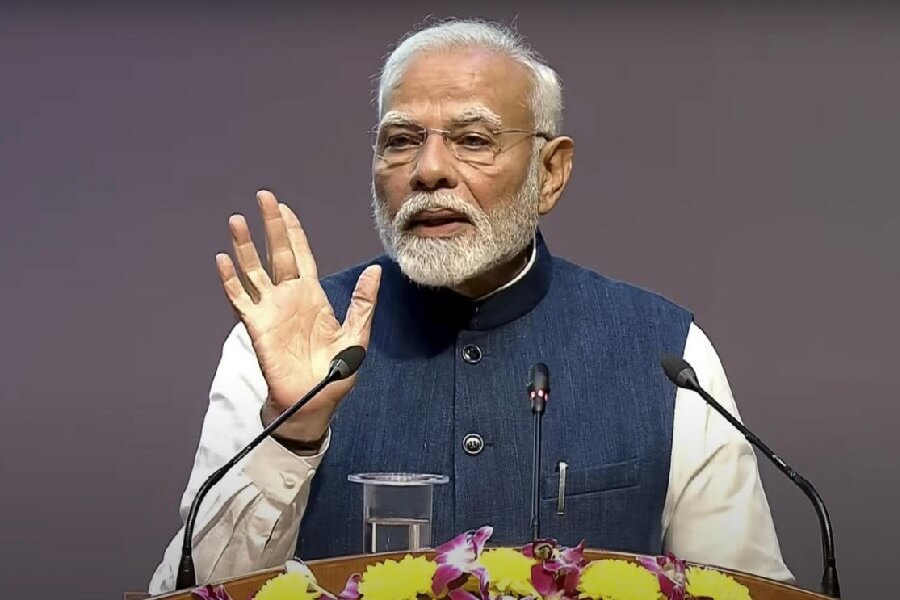
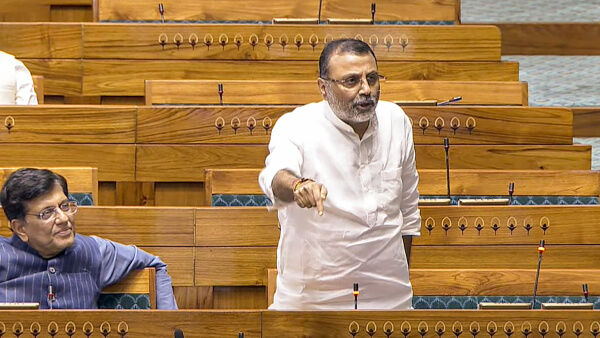



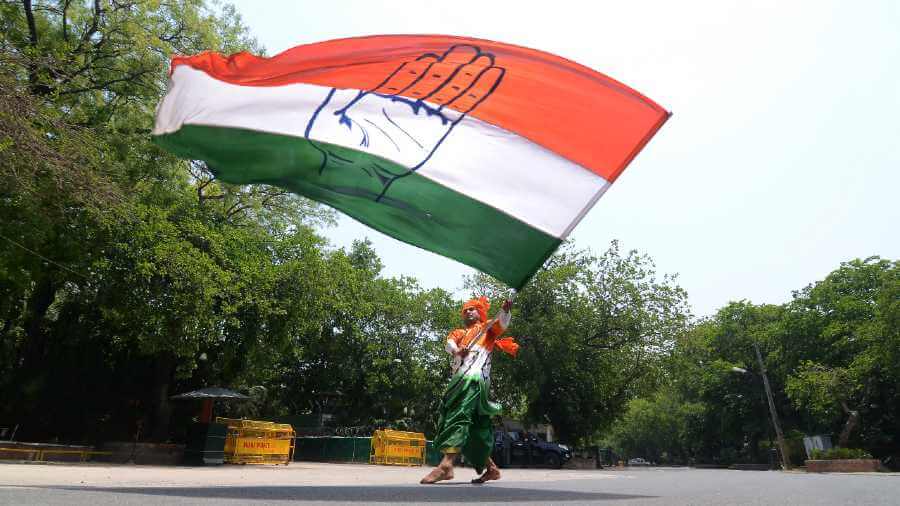
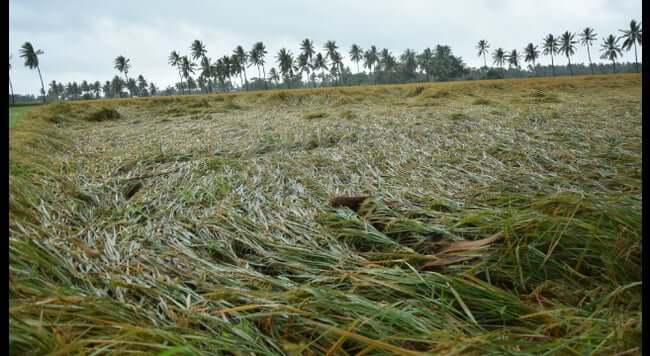
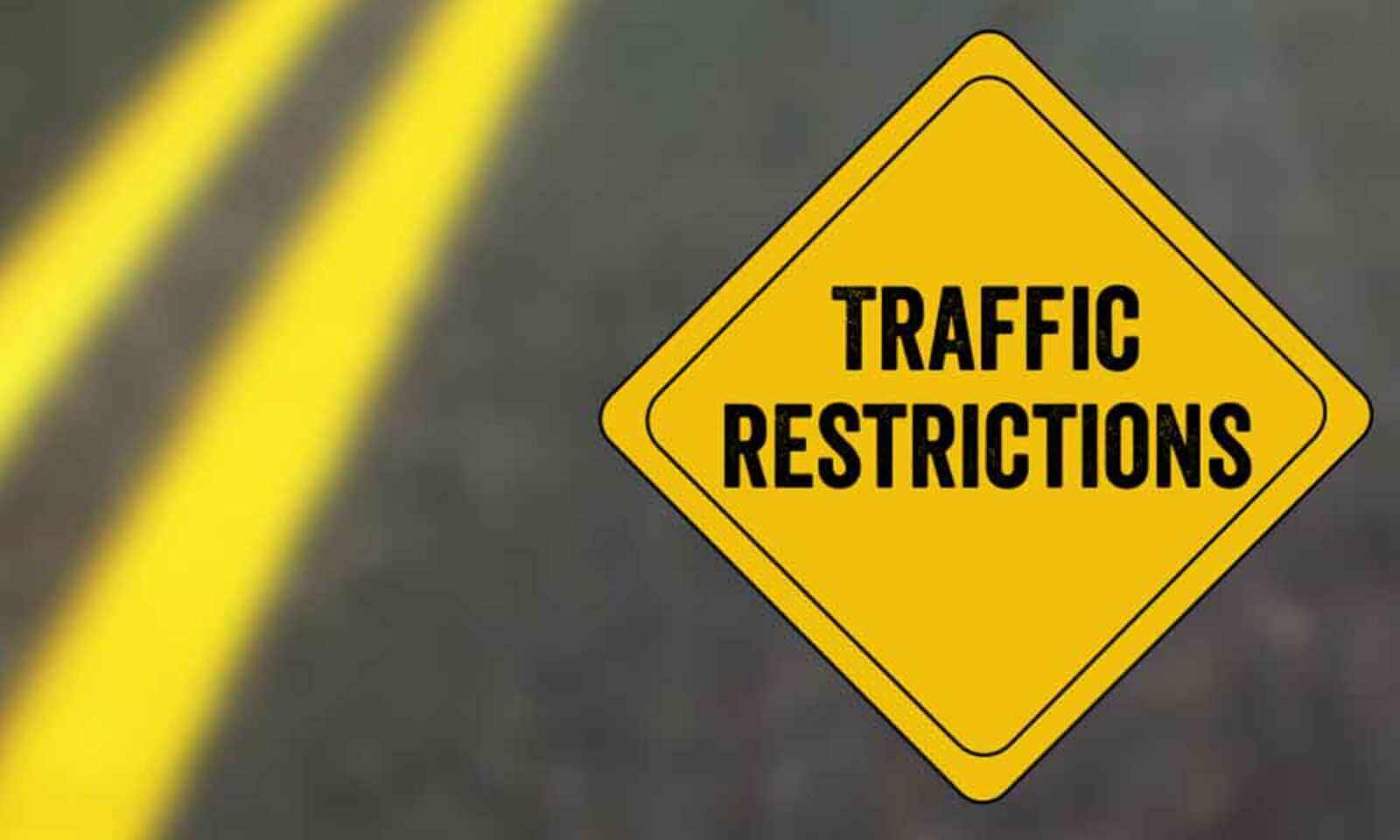

.jpg)
.jpg)
.jpg)

















